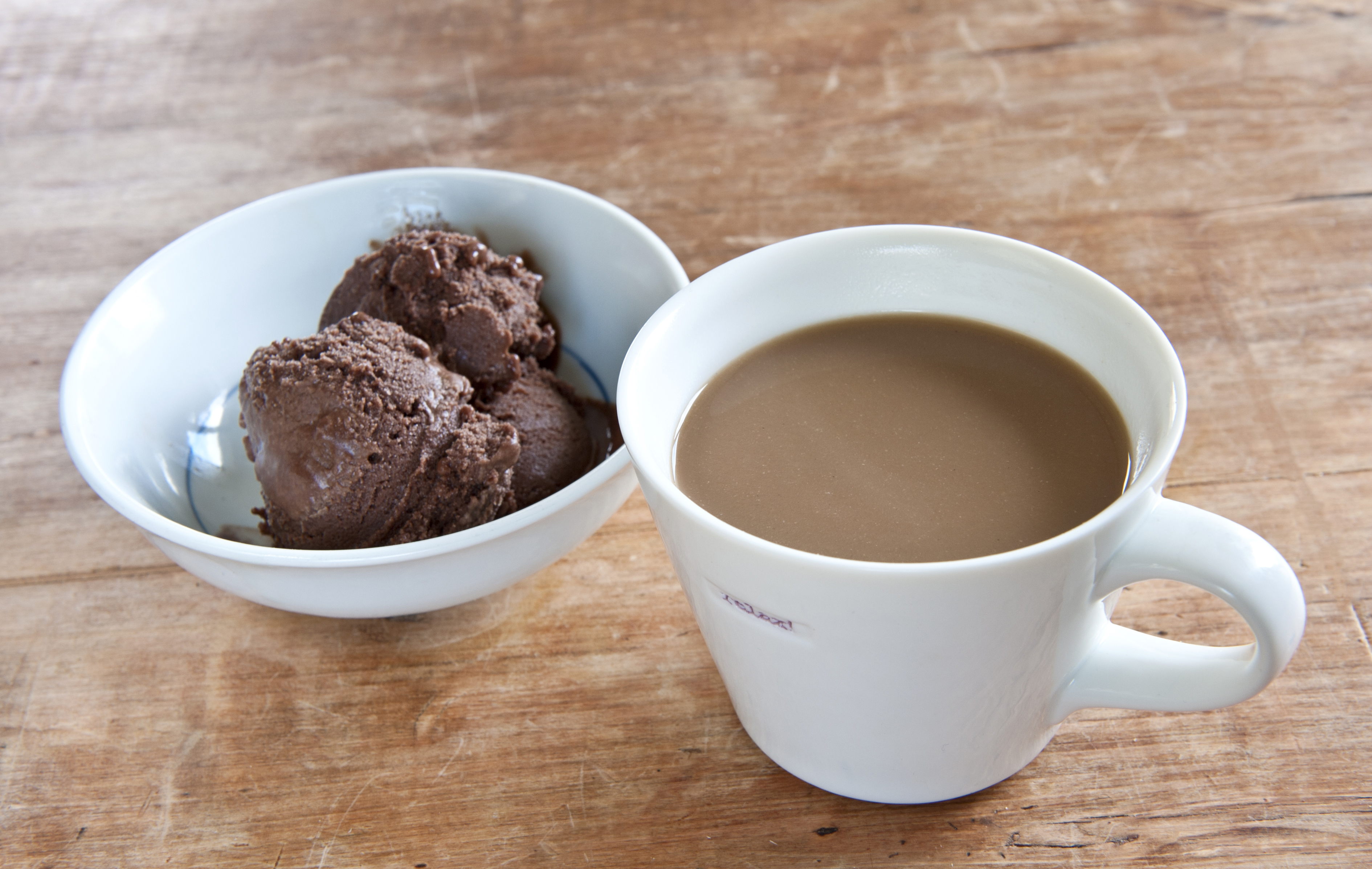For more than 1,000 years, a sweet, thick beverage known as amazake has been produced in Japan. Amanotamuznake, an early version of amazake, is mentioned in the "Nihon Shoki" ("Chronicles of Japan"), an early history of Japan compiled in 720. While the drink fell out of favor for a while, it has made a comeback in recent years because it is naturally nutritious.
Amazake is also drunk during Hina Matsuri (Doll Festival) festivities held on March 3 every year, instead of the mildly alcoholic shirozake that was traditionally served on this day because amazake made a certain way contains no alcohol. (People used to be more sanguine about serving alcoholic drinks to children. Children in medieval Europe drank ale instead of water like the adults did as water treatment methods were unknown.)
Amazake is regarded as a cold-weather drink these days, but in the Edo Period (1603-1868) it was consumed in summer to combat heat-induced fatigue. Amazake sellers were considered such an integral part of summer in Edo (modern-day Tokyo) that "amazake" is still a kigo (a word or phrase indicating the season) used in haiku. It was also considered to be an essential energy source for the populace by the government and was price-controlled — a serving cost only a few yen. Making amazake was also one of the ways in which rōnin (unemployed samurai) could eke out a discreet living.



